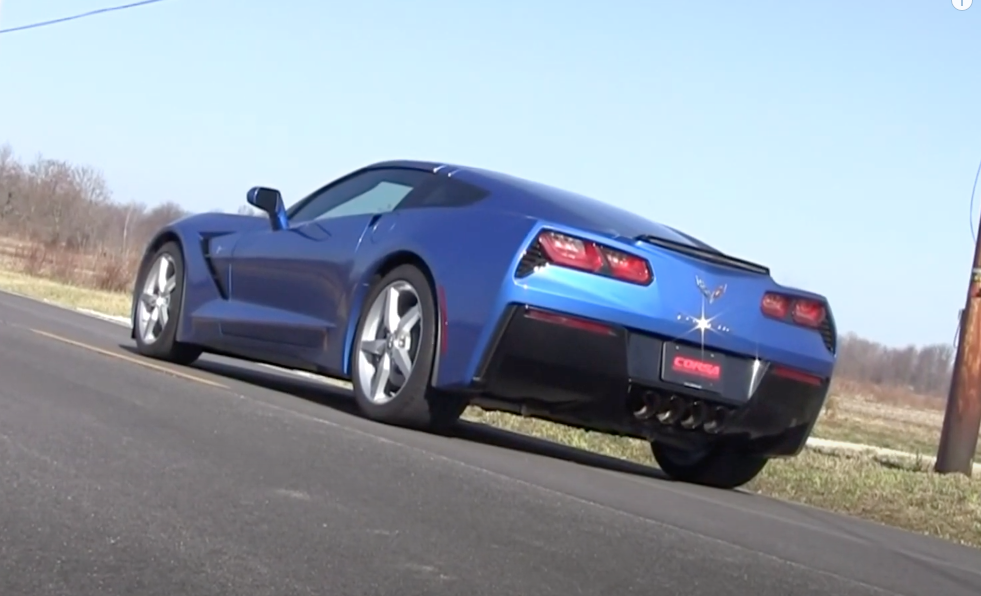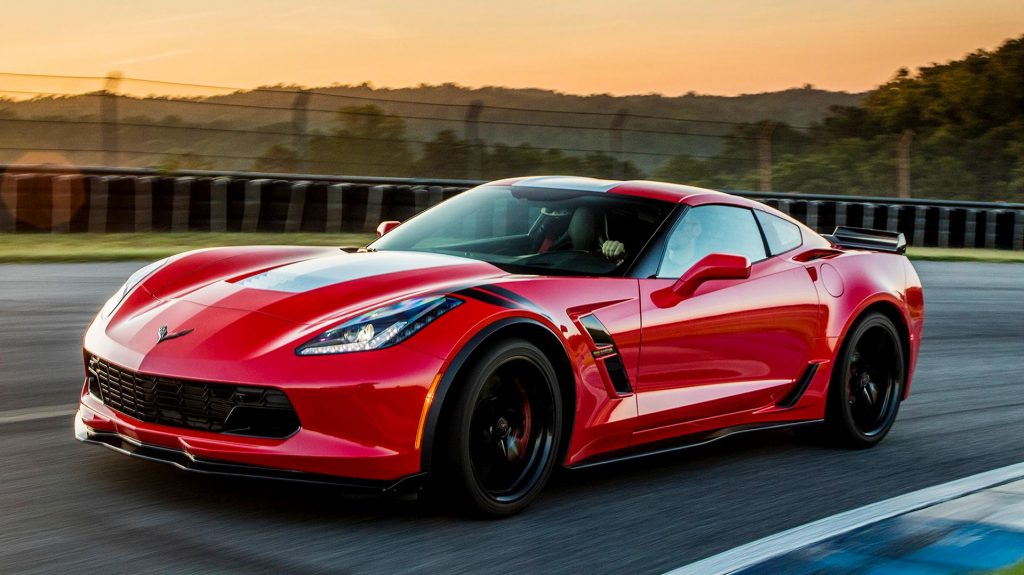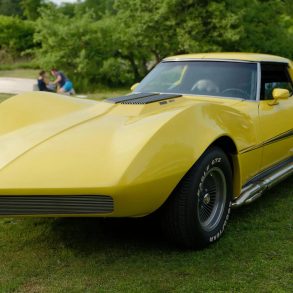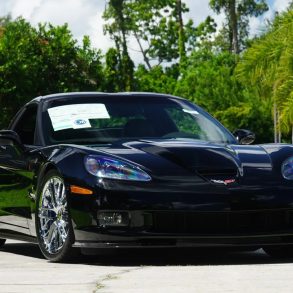Corvettes have always been at the forefront of American engineering and design. They have engines that have repeatedly produced power well beyond what their displacement would suggest. They have had multiple suspension configurations and new technologies added to produce the best handling sports car possible. However, one of the most significant, yet controversial, technologies to emerge through the Corvette brand is one that was introduced at the very start of the C7 generation.
Known as “Corvette Active Noise Canceling,” a complex system was designed to use all versions of the audio system that came with each C7 combined with a 14-liter enclosure built into the rear bulkhead of the car to make driving quieter and less fatiguing. One of the picking points about the C6, especially the performance models like the Z06, was that road and tire noise was pervasive. This was often translated by the human ear into being “white noise,” which causes fatigue and drowsiness after even a small amount of exposure.
Utilizing a system of small microphones, the active noise canceling system that came standard on every C7 from the base model through to the ZR1 was based on a concept in physics known as destructive wave interference.
In the simplest terms, destructive wave interference involves determining the wavelength of noises that are not desired and then producing a noise that is 180 degrees out of phase with that wavelength. As the two wavelengths meet, they collide and as they are the exact opposite of each other, destroy the energy of each other. This allows all other noise, ie the desirable noises such as the engine and the exhaust note, to be heard.
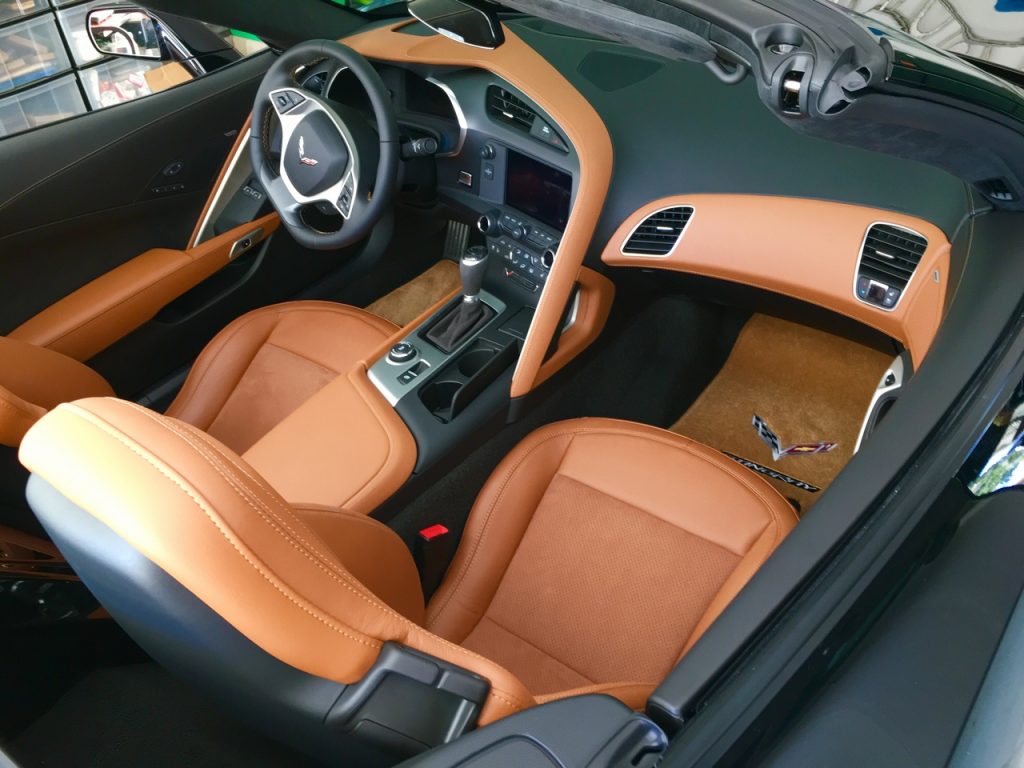
This is where the audio system was used, to generate noise through the speakers, even with the audio system turned off. The bulkhead enclosure is there to boost the sound of the exhaust back through the car, in exactly the same way that some performance cars have sound symposers to accentuate selected noises to the cockpit. The most famous of these other vehicles is the Lexus LFA, the first supercar that used a symposer in its air intake plenum to pass the V10 scream of its engine to the driver.
In the Corvette C8, the same system has been applied, although now, active exhaust valves have been added and the bulkhead enclosure removed, as the engine is bolted to the chassis in a way that it will passively pass engine noise to the cockpit already. In fact, the exhaust valves will only remain fully open if you have the C8 in sport or track modes, otherwise they automatically open and close according to the right foot of the driver.
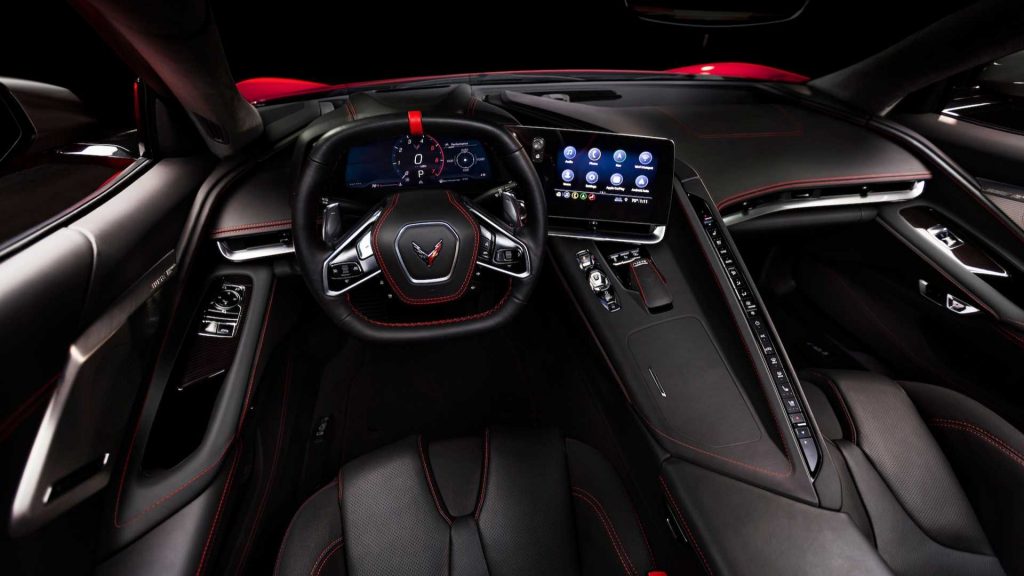
There are those, however, that dislike the idea of symposers and active noise canceling, and for the 7 at least one of those issues can be resolved. The active noise cancellation system can be disabled through the ECU, as one of many options that can be affected via an ECU reflash. However, it should be noted that while this disables the active noise cancellation, the bulkhead symposer will still amplify all the noises coming from the rear of the car, so road and tire noise might be more noticeable than ever.
In the C8, it is unknown as of yet if the active noise cancellation can be turned off, however, the exhaust valve control can be due to many aftermarket exhausts deleting the need for valve control as they get rid of them entirely.


